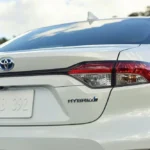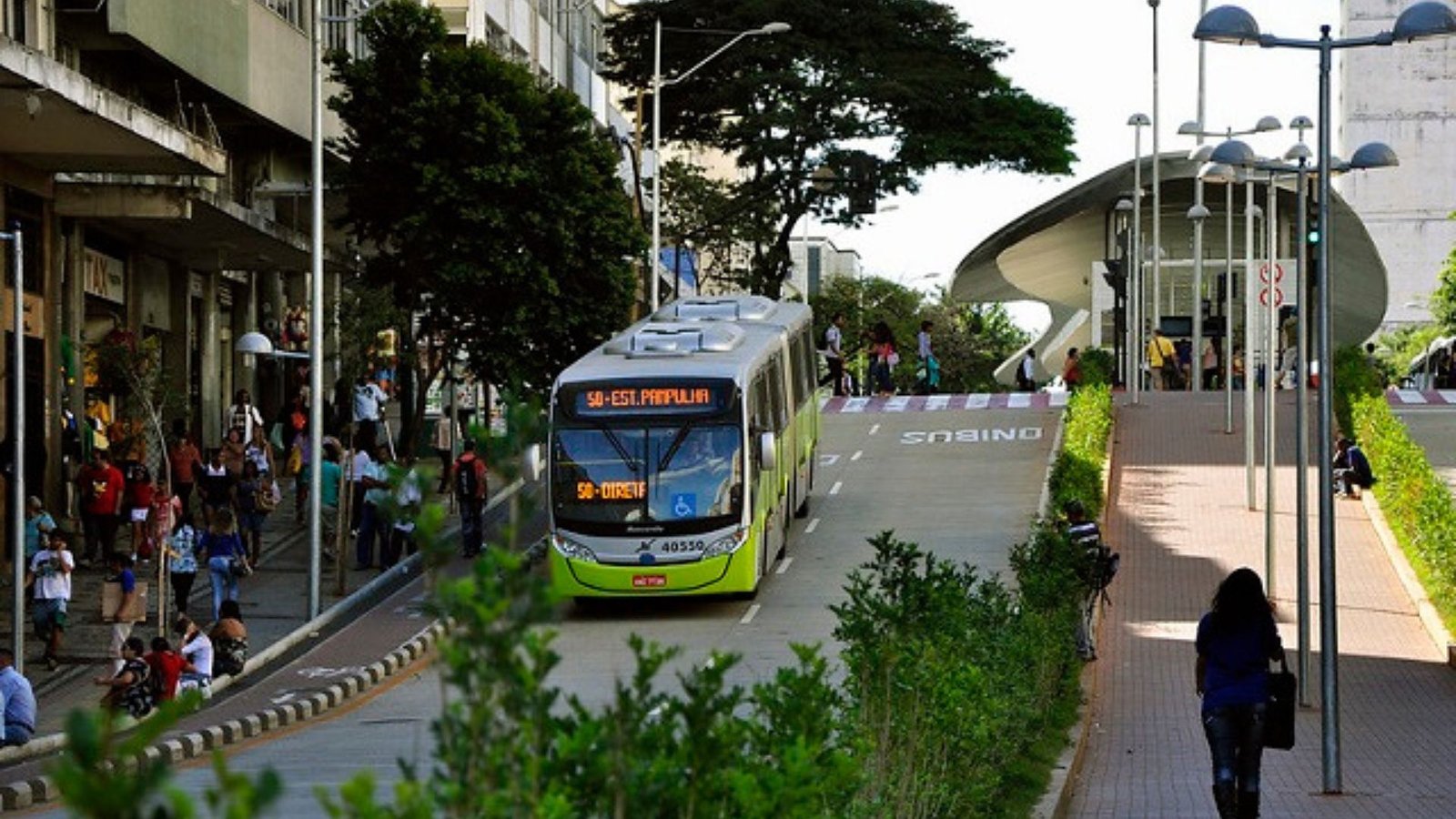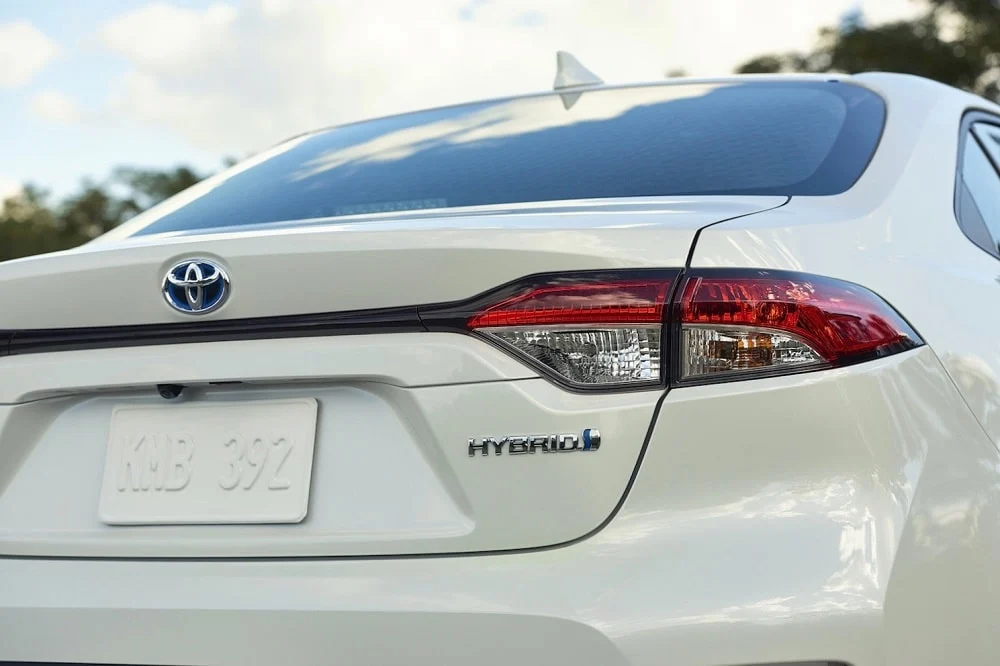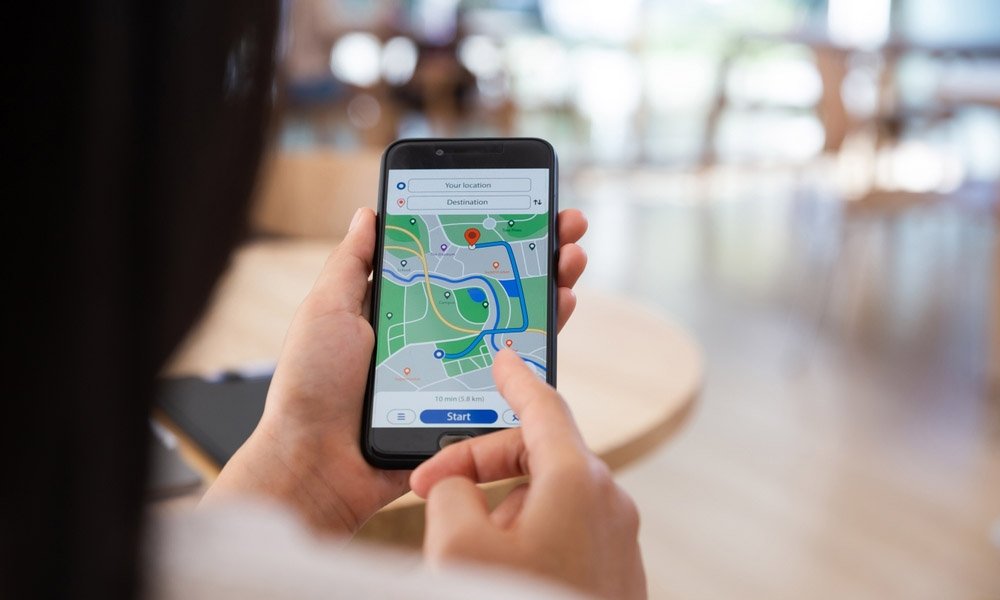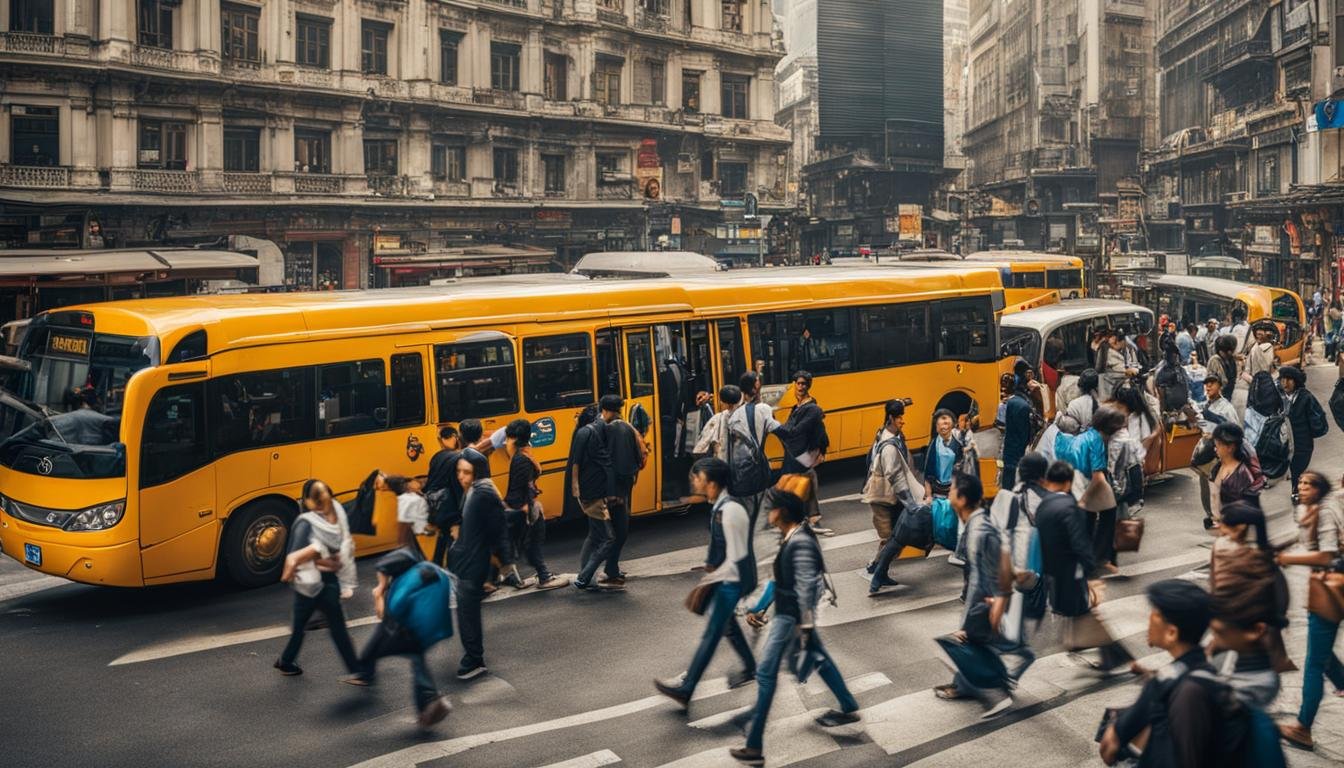As urban populations continue to grow, public transportation systems must adapt to meet the needs of modern cities. In 2025, public transportation trends for urban areas will focus on making systems more sustainable, efficient, and user-friendly. These trends reflect the growing demand for eco-friendly solutions, technology integration, and better connectivity. Here are the top trends in urban transportation that are shaping the future of cities.

1. Electric and Hybrid Vehicles
One of the biggest trends in public transportation is the shift to electric and hybrid vehicles. These eco-friendly buses, trams, and trains are replacing older diesel-powered options to reduce carbon emissions and improve air quality in cities.
Electric buses are already being implemented in many urban areas, offering a cleaner alternative for daily commutes. These buses are quieter, more energy-efficient, and help cities reduce their environmental impact. Hybrid vehicles, which combine electric power with traditional fuel sources, are also gaining popularity as they provide better fuel efficiency without losing power.
2. Autonomous Public Transport
Self-driving vehicles are no longer a futuristic concept but a reality in many cities. Autonomous public transportation, including buses, trams, and shuttles, is becoming a game-changer for urban transit systems. These vehicles use advanced technology to navigate and transport passengers without the need for a driver.
Autonomous public transport offers numerous benefits, including reduced operating costs, increased efficiency, and the ability to optimize routes based on real-time demand. Cities like San Francisco, London, and Dubai are already experimenting with autonomous shuttles and buses in specific areas, and this trend is expected to expand in 2025.
3. Microtransit and Ride-Sharing
Microtransit refers to small, flexible vehicles that provide on-demand transportation services. These vehicles—such as vans, shuttles, and smaller buses—offer a more personalized and efficient alternative to traditional bus routes, especially in low-density areas or during off-peak hours.
Ride-sharing platforms like Uber and Lyft are also playing a key role in the evolution of public transport. By partnering with city transit systems, these companies help improve mobility and offer more flexible and affordable transportation options. Microtransit and ride-sharing services are becoming increasingly integrated with traditional public transportation systems, providing a seamless, multi-modal travel experience.
4. Smart Ticketing and Contactless Payments
Gone are the days of buying paper tickets for bus rides or train journeys. Smart ticketing systems, which allow passengers to use their smartphones, cards, or even wearables to pay for fares, are quickly becoming the norm in cities around the world. These systems offer faster, more convenient payment options and reduce the need for physical tickets.
Contactless payment methods are particularly popular because they allow passengers to quickly tap their card or phone on a reader to access services, making the boarding process much faster. Additionally, mobile apps provide real-time updates on bus and train schedules, further enhancing the overall commuting experience.
5. Bike and Scooter Sharing
In 2025, many urban areas are expanding bike-sharing and scooter-sharing programs, allowing people to rent bikes or electric scooters for short trips. These services provide a convenient, eco-friendly solution for covering the “last mile” between public transport hubs and people’s final destinations.
Cities are investing in infrastructure to support these shared mobility options, such as dedicated bike lanes, parking stations, and charging points for e-scooters. Bike and scooter sharing is especially useful for quick trips within city centers, reducing reliance on cars and helping to ease traffic congestion.
6. Integrated Multi-Modal Transportation Systems
Urban areas are increasingly creating multi-modal transportation systems that allow commuters to seamlessly switch between different modes of transport. By integrating buses, subways, bikes, and ride-sharing services into one easy-to-use system, passengers can plan their journeys with just a few taps on their phones.
For example, a commuter might take a subway to a bus stop, hop on a bike, and then use a ride-sharing service to reach their final destination. This integration not only improves efficiency but also provides a more convenient and flexible transportation experience.
7. Sustainable Infrastructure and Green Design
Public transportation systems are becoming more sustainable thanks to greener infrastructure. New transportation projects are being designed with eco-friendly materials and energy-efficient features. For example, solar-powered buses, green roofs on stations, and rainwater harvesting systems are being incorporated into transit designs to reduce energy consumption and environmental impact.
Cities are also focusing on designing pedestrian-friendly spaces, with better sidewalks, bike lanes, and public transport stations that make walking and cycling safer and more convenient. Sustainable infrastructure ensures that public transportation systems are not only efficient but also environmentally responsible.
8. Real-Time Data and AI Integration
As cities continue to modernize, real-time data and artificial intelligence (AI) are playing a key role in optimizing transportation networks. By collecting data on traffic patterns, passenger demand, and vehicle locations, cities can adjust schedules, routes, and services inreal-timee to reduce delays and improve efficiency.
AI-powered algorithms are also used to predict transportation trends, allowing cities to make data-driven decisions about where to deploy resources. This can lead to better service, reduced congestion, and improved overall performance of public transport systems.
9. Increased Accessibility for All
Ensuring that public transportation is accessible to everyone is an important priority in urban areas. In 2025, cities are investing in making their transportation systems more inclusive, with improved facilities for people with disabilities, elderly passengers, and others who may need extra support.
Features such as low-floor buses, ramps, elevators in subway stations, and audio-visual announcements help make public transit more accessible to all riders. Many cities are also working to ensure that transportation hubs are located near essential services like hospitals, schools, and shopping areas, making it easier for everyone to get where they need to go.
10. Green Public Transport Policies
To support the transition to greener public transportation systems, many cities are adopting environmental policies that incentivize the use of electric and hybrid vehicles. These policies may include tax breaks for eco-friendly transit options, investments in clean energy infrastructure, or subsidies for cities to upgrade their fleets.
Cities are also setting ambitious carbon-neutral or zero-emissions goals, encouraging public transportation systems to adopt clean energy solutions like wind and solar power. By focusing on sustainability, urban areas are striving to create healthier and cleaner environments for their residents.
Conclusion
The trends in public transportation for urban areas in 2025 reflect a broader movement towards sustainability, convenience, and technology-driven solutions. Electric and hybrid vehicles, autonomous transport, smart ticketing, and bike-sharing are just a few of the innovations making urban mobility smarter and more efficient. As cities continue to evolve, these trends will play a critical role in creating transportation systems that are not only efficient but also environmentally friendly and accessible for everyone.
With the continued development of these trends, urban residents can look forward to a future of more seamless, green, and efficient commuting options. Public transportation is set to become a more attractive, sustainable alternative to private cars, helping reduce congestion and lower carbon emissions in cities worldwide.



